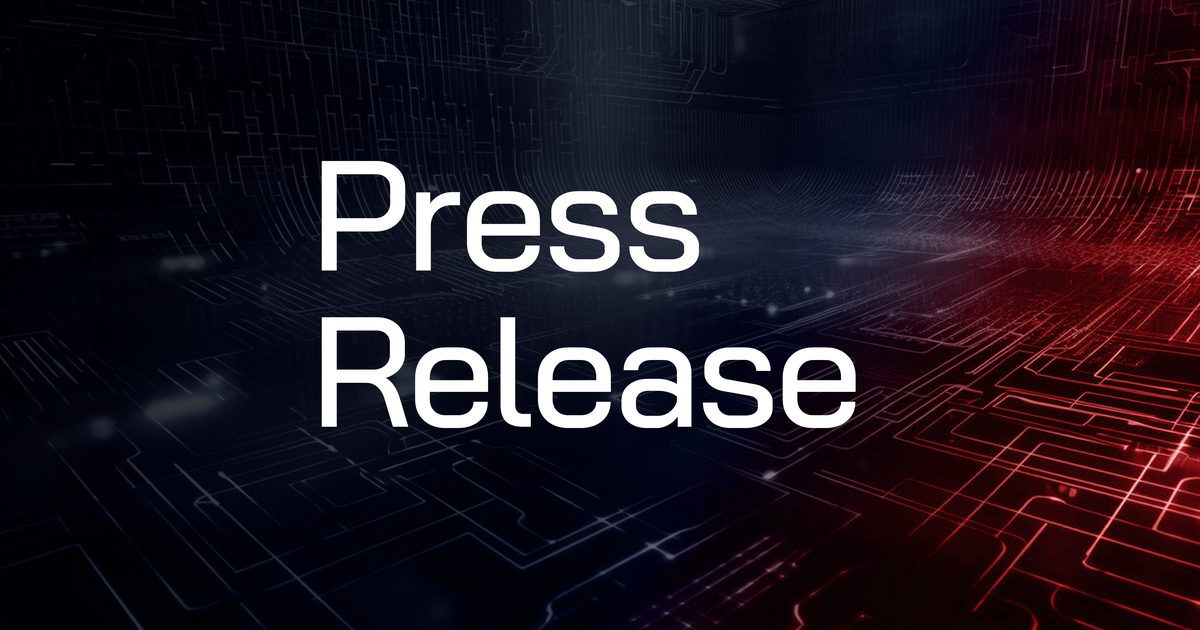Genetec Inc., a global leader in enterprise physical security software, recently released its highly anticipated “2025 State of the Physical Security Report.” The report, which compiled insights from over 5,600 physical security leaders worldwide, including end users, channel partners, systems integrators, and consultants, offers a comprehensive analysis of the evolving trends in physical security operations.
One of the key findings of the report indicates a significant increase in hybrid cloud adoption among organizations seeking flexibility and control over their security infrastructure. As organizations continue to evaluate cloud solutions for physical security, many are prioritizing a hybrid strategy that aligns with their operational needs, budget constraints, and storage requirements. This approach allows critical data and applications to be managed both on-premises and in the cloud, providing a more adaptable deployment model.
According to the report, 43% of end users prefer hybrid deployments within the next five years, demonstrating a shift towards this flexible approach compared to fully cloud-based or on-premises solutions. Consultants and channel partners also echo this preference, with 66% of consultants planning to recommend hybrid deployments in the near future. This trend reflects a growing demand for adaptable deployment models and a more measured approach to cloud adoption as the industry continues to mature.
Christian Morin, Vice President Product Engineering at Genetec Inc., emphasized the benefits of a hybrid-cloud approach, stating that businesses can retain control over how they deploy their systems across different locations without compromising on technology or being locked into proprietary solutions. This flexibility allows organizations to scale and upgrade their systems more efficiently, streamline processes, and enhance their security posture effectively.
Another significant trend highlighted in the report is the increasing influence of IT departments in decision-making processes related to physical security systems. While a decade ago, physical security operations were primarily managed by specialized security departments, the rise of cloud and hybrid-cloud solutions, coupled with the escalating cybersecurity threats, has led IT teams to play a more central role in shaping the acquisition and deployment of these systems. The report indicates that 77% of end users now see collaborative efforts between physical security and IT departments, with over 50% stating that IT teams are actively involved in purchasing decisions.
As IT departments become more integral to the implementation of cloud and hybrid solutions, physical security operations are becoming more robust, data-driven, and adaptable to evolving threats. This shift in the role of IT in physical security underscores the need for organizations to align their digital and physical security measures to create a more comprehensive and resilient security infrastructure.
Additionally, the report reveals a significant uptick in the adoption of AI-powered features in physical security, with 37% of end users planning to implement AI technologies in 2025, marking a substantial increase from the previous year. This growing interest in AI aligns with a strategic focus on practical applications, such as enhancing threat detection and automating routine processes. By leveraging intelligent automation, organizations aim to streamline security operations and improve overall efficiency.
Overall, the 2025 State of the Physical Security Report provides valuable insights into the evolving landscape of physical security operations and the trends shaping the industry. With a focus on hybrid cloud adoption, the centralization of IT departments in decision-making processes, and the increasing interest in AI-powered technologies, organizations are better positioned to address the evolving security challenges they face in today’s digital landscape.
